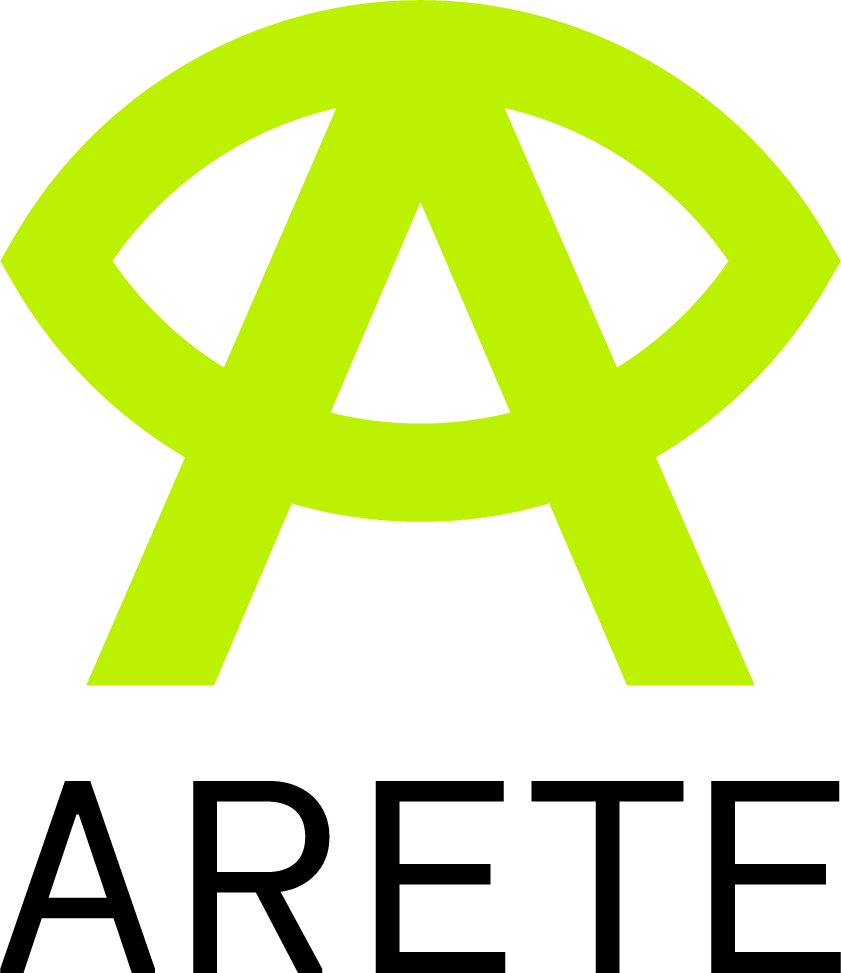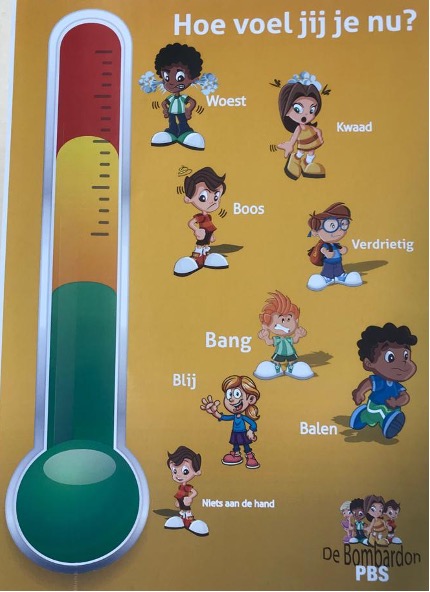The potentials of AR for school education - from the perspective of media education research
The development of the media landscape means that the basis of experience and the opportunities for children and adolescents have changed and will continue to evolve in many ways. The diversity of forms of mediation, design and use as well as their overlapping and mixing have led to a wide range of possibilities for experience - not least for teaching and learning in schools.
AR applications offer the opportunity to enrich the real environment context-specifically with additional information in different forms of presentation via mobile devices or data glasses. With the help of digital media, analogue media, e.g. textbooks, can be enriched by digital information and learning offers - e.g. short video sequences, animations or texts as original sources - which can be accessed e.g. via an app on a tablet. Examples of such applications are laboratory experiments or digital learning games.
Thus partially virtual environments as AR contribute to a change in the intensity of experience by uncoupling the sense of perception from the real world as a reference point, enabling a possible immersion in virtual worlds. In such immersive environments, interaction effects with physical movements such as body interaction are also becoming increasingly important.
Due to recent technological developments, there is still a need for studies on the effects of AR on teaching and learning in primary education. In ARETE, evaluation studies for measuring the effects of AR applications on student learning and retention in the contexts of literacy learning, STEM learning, and prosocial behaviors are currently being developed. Learn more about the research design of the evaluations to be carried out in ARETE: https://www.areteproject.eu/newsevents/body,489942,en.html



